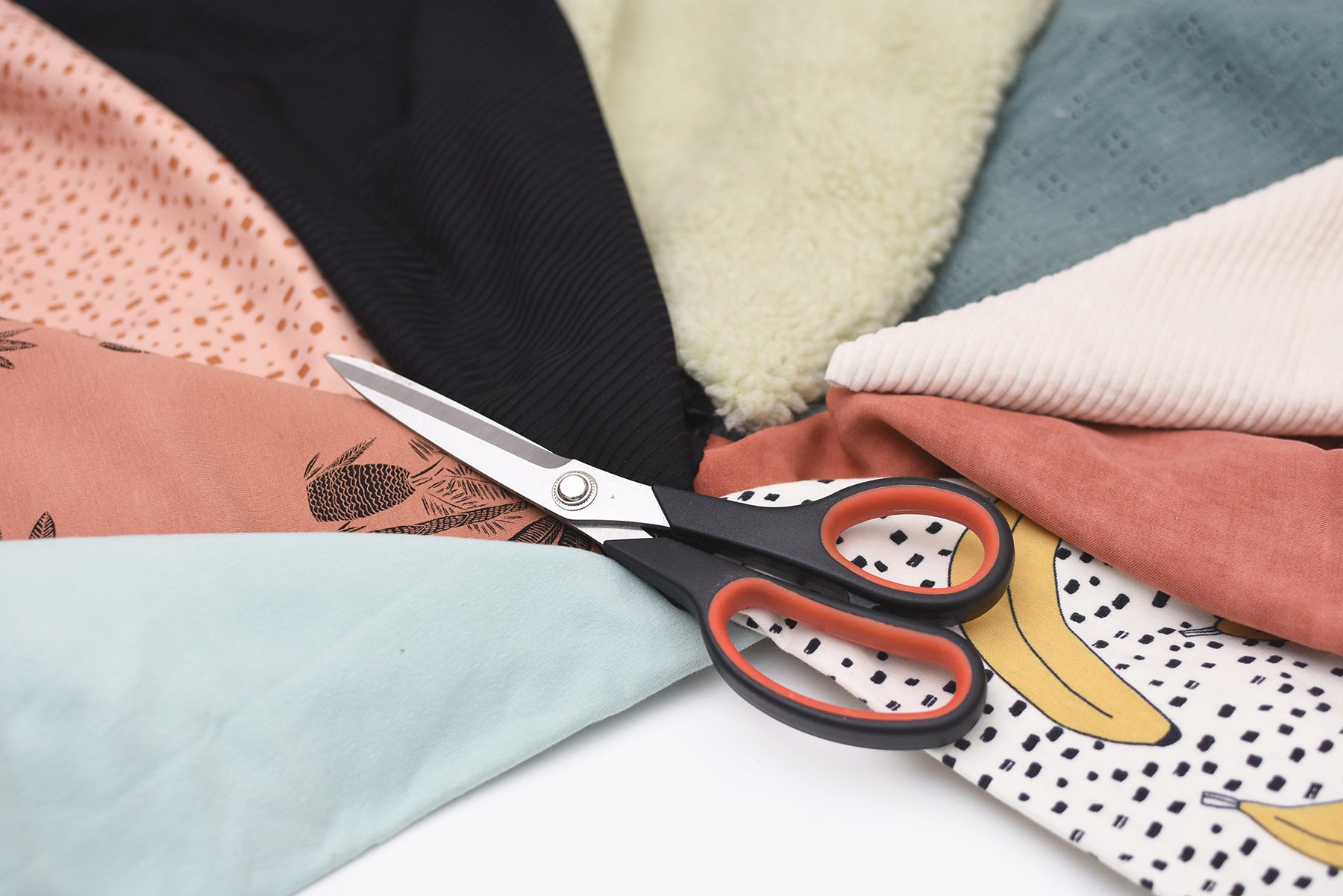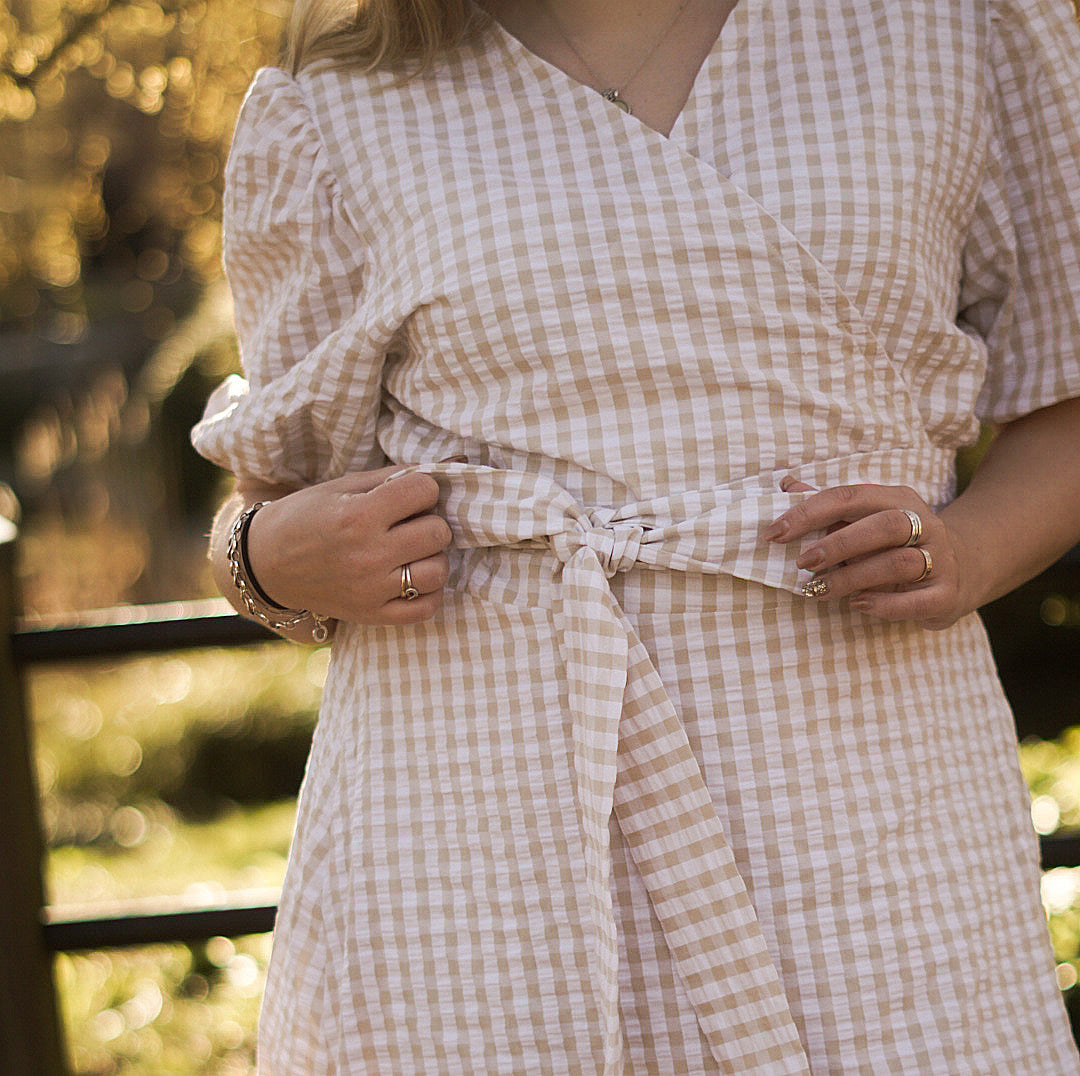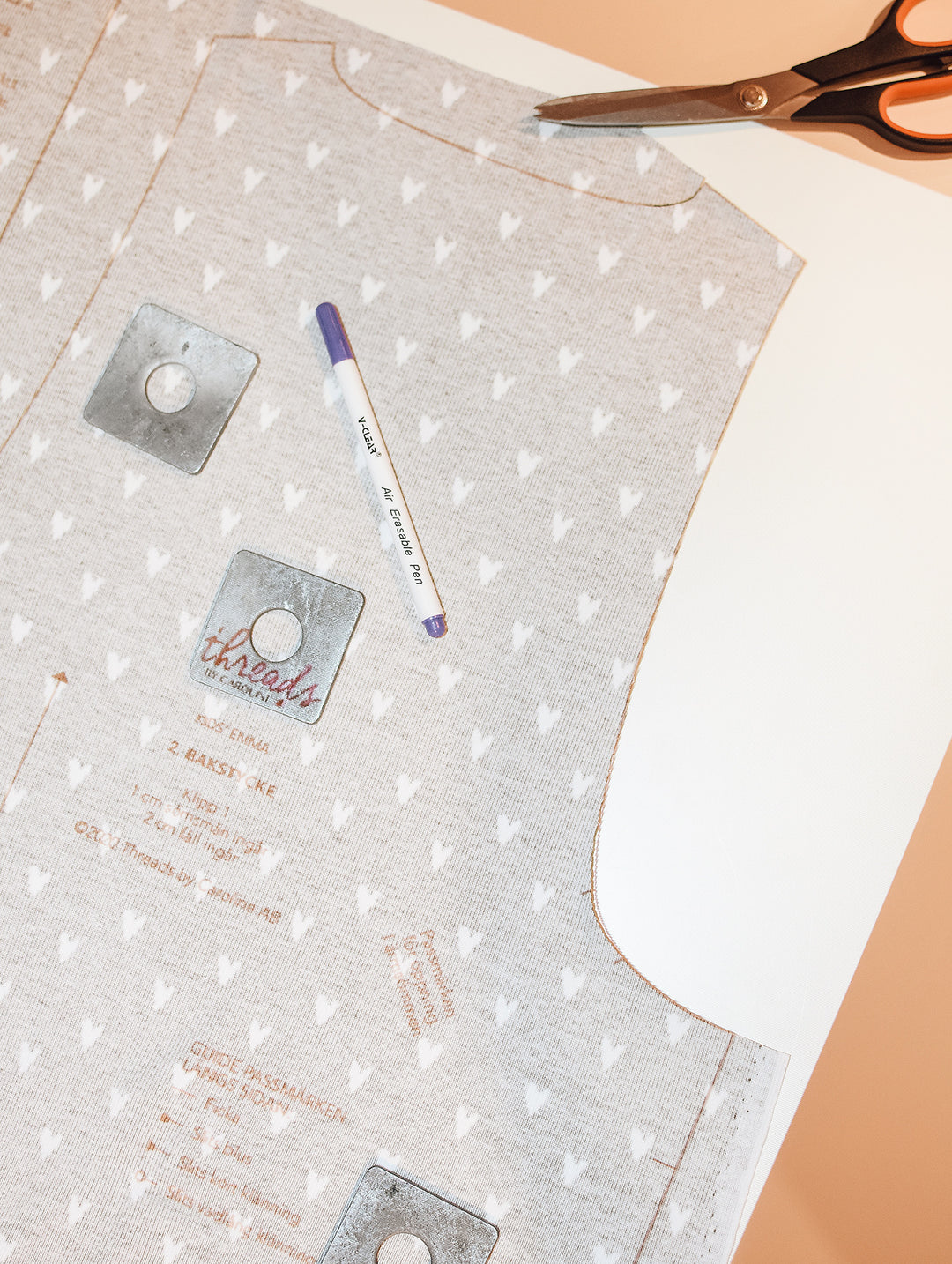Every sewing expert was once a beginner. Each stitch you sew brings you closer to mastering the craft.
Here's 10 things I wish I knew before I started!
1) Use patterns
Patterns provide step-by-step instructions, making it easier for beginners to follow along and complete a project successfully. This is the number 1 thing on my list because it was when I started using patterns that I actually started being successful with my sewing. Using patterns was a game changer for me.
Patterns are learning tools: Following a pattern teaches you various sewing techniques and methods. You’ll learn about construction, fabric cutting, and assembly, building a solid foundation of skills.

2) Pair the right fabric with the right pattern
Sewing allows you to express your creativity and personalize your projects. You can choose your own fabrics, colors, and designs to create something uniquely yours.
But do make sure to use the right type of fabrics for your project. Check out the sewing instructions for your pattern, about which fabrics are recommended. It could be that you need a knit or a woven fabric. A fabric with stretch or without. With drape or body. Lightweight, medium or heavyweight...
Also, keep some kind of sewing journal and make notes on your sewing projects. Note the fabrics' characteristics, especially weight, drape and stretch. Noting this will help you undersand fabrics better.
A good understanding of fabrics comes with time and from actually using different fabrics.

3) Use a suitable needle and stitch for knit fabric
When you're sewing in knit fabric, a serger (overlocker) is great to use. But it's not necessary and you can achieve really nice results with a regular sewing machine too. But it's important to use the correct needle and stitch.
Read more about needles and seams for knit fabrics here.

4) Get social
There is a large and welcoming sewing community both online and offline. Joining sewing groups, communities, or taking courses can provide support, inspiration, and valuable tips.
Welcome to my Facebook group: Threads by Caroline - Sew and Tell.
5) Invest in quality tools
Good quality tools make a significant difference. Investing in sharp fabric scissors, a reliable sewing machine, and high-quality thread can save a lot of frustration and improve your results.
Thread of poor quality, or old thread, can cause skipped stitches and other problems with your seams. Also, sewing needles need to be exchanged regularly. Since they're often quite cheap, do make sure to get a new needle in every now and then.

6) Start simple
Begin with easy projects like a beanie in knit fabrics, leggings for kids, a simple t-shirt for kids, a t-shirt (long or short sleeves) for women, or a tote bag.
These will help you build basic skills and confidence without becoming overwhelmed by complexity. Once you've become familiar with your sewing machine and the basics of handling fabrics etc, you can move on to more challenging projects.

7) Remember to press
Pressing your seams as you sew makes a big difference in the final look of your project. A good iron and ironing board are essential tools for achieving a professional finish.

8) Understand seam allowances
Always pay attention to the seam allowances specified in your patterns. Seam allowances are always included in Threads by Caroline's patterns, usually 1 cm (3/8"). This means that when your cutting your fabric, you need to cut just next to the pattern piece. Don't add or take away anything.
When you're sewing, sew exactly 1 cm (3/8") from the edge. Or whatever your seam allowance is.
9) Measure twice, cut once
Don't skip measuring. Don't guess your size. Do take your measurements (your pattern will specify which measurements are needed, for example bust, waist, hip), and choose size based on current measurements.
10) Embrace mistakes
Mistakes are part of the learning process. Instead of getting discouraged, use them as learning opportunities. Keep a seam ripper handy and remember that every mistake is a step toward mastering the craft.
Enjoy the process and take pride in your progress!





